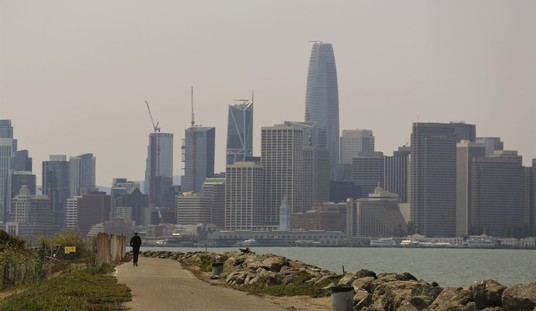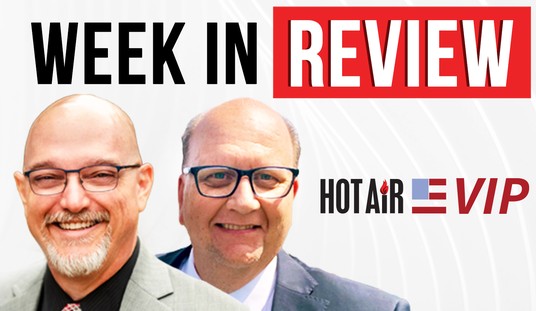As widely expected, Barack Obama has acted unilaterally again to heal this economy — heal it, I say — by proclamation. This time, the Emperor — excuse me, President — has focused on student loans to ease our economic suffering, relaxing repayment regulations. But is that enough?
The Obama administration is set to announce relaxations in student loan repayments on Wednesday, a third in a series of executive orders issued as part of the “we can’t wait” campaign to boost the economy without the help of Congress.
The amount of student loan debt Americans hold surpasses credit card debt, a fact that drove Congress to act in 2007 and create a “pay as you earn” program that allows former students to repay loans at a rate equal to 15 percent of their income. The new measure lowers that to 10 percent, but it is unclear whether the effort will be effective. The White House reports that only 450,000 students—out of an estimated 36 million borrowers—took advantage of the 2007 rule.
The problem here is that Obama can only relax repayment schedules for direct loans, where the federal government loaned the money directly to students. Until last year, most loans came from the private sector, guaranteed by the federal government but still managed by the private lenders. Obama and a Democratic Congress eliminated the guarantees in their “reform” of the student-loan industry, a reform that wipes out the “industry” entirely and forces students to deal directly with government instead. Without getting Congress involved, Obama can’t do anything about the private-sector loans.
Besides, let’s not forget the point that Obama and the Democrats had the opportunity to entirely remake the student-loan system into what they wanted — and they did. If Obama thinks that Congress has somehow failed students on student loans in the direct-loan sector (where his changes are taking place now), then it was his reform in the 111th Congress that he should blame, not the current Congress.
Speaking of which, some in this Congress note that Obama has set up a pretty profitable enterprise by making the executive branch the only banker in the nation for students:
Congress directed the Education Department to use that savings to expand Pell grants for low-and moderate income students to attend college. But many House Republicans who still oppose the move they say it has made the Department of Education one of the largest banks in the nation, largely unaccountable to Congress.
“This is another example of the Obama administration making changes to federal education policy behind closed doors,” said GOP committee spokeswoman Alexandra Sollberger in an e-mail. “We are disappointed that the Department of Education chose not to engage committee members prior to announcing this plan to the press.”
Republican critics also note that the Education Department charges 6.8 percent for loans that cost much less, “creating a pretty big slush fund for the government,” said Rep. John Kline (R) of Minnesota, who chairs the House Education and Workforce Committee, at Tuesday’s hearing.
He tabbed federal borrowing for the program “at less than 1 percent” – yielding a large profit.
What better way to have enough cash to make proclamations? Note, though, that the actual impact of limiting payments is likely to be pretty small. Former students will see payments cut by a third, which in theory gives them more money to spend elsewhere. But Obama has also capped the payment schedule to 20 years (down from 25 in the Congressionally-enacted regulation), which means that taxpayers will end up eating more of the back end of these loans years into the future, since borrowers will pay less at these inflated interest rates and pay for a shorter period of time. How much will taxpayers lose? Since the level of lending is so significant, debt forgiveness is likely to stretch into the billions of dollars.
One final question: If Obama is keen on relaxing regulation to get the economy moving, how about relaxing it at the EPA so we can get energy production back on track and create jobs in that sector? Or on Dodd-Frank? Or ObamaCare, where Obama’s CLASS Act failed?








Join the conversation as a VIP Member